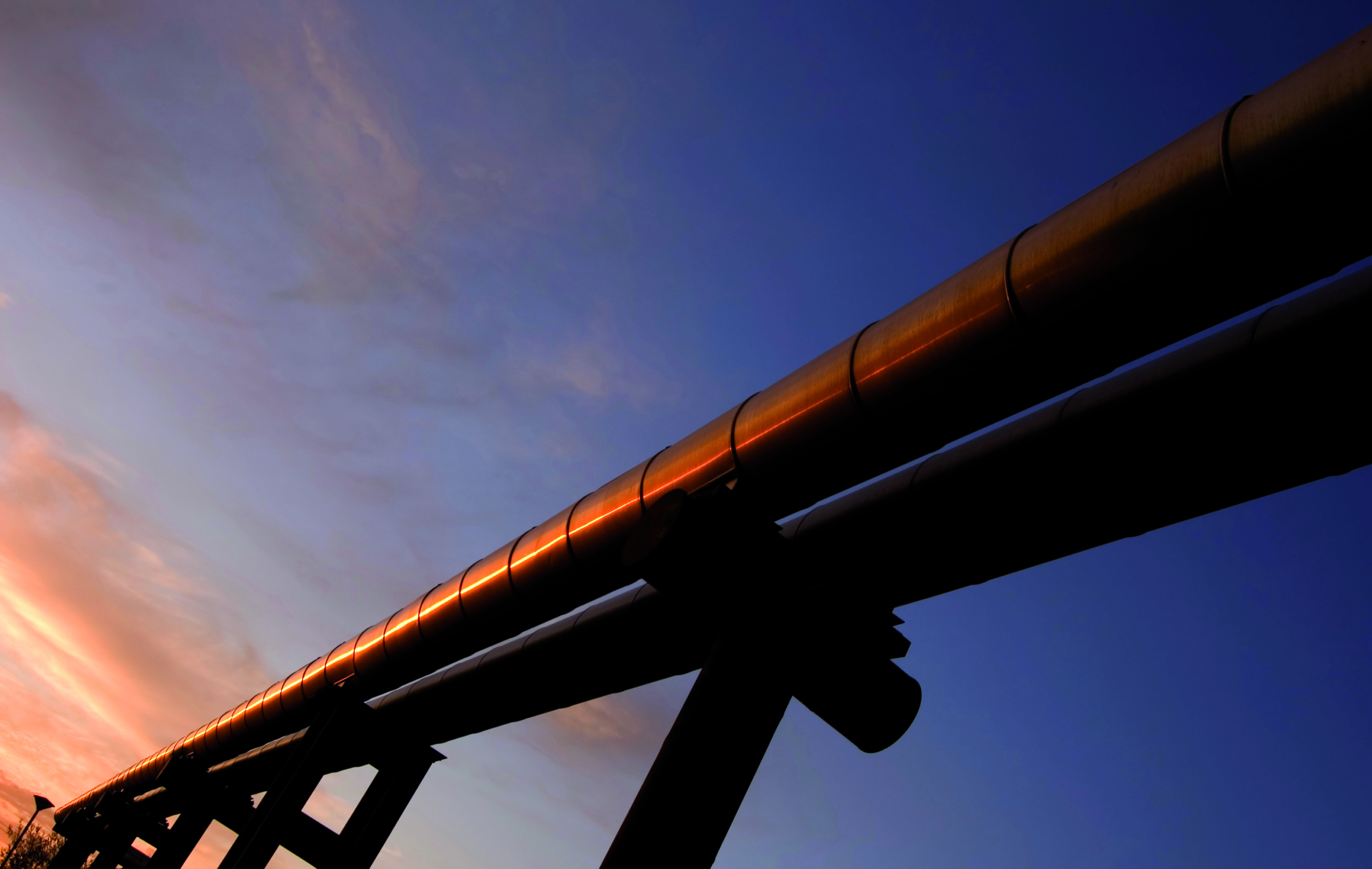The urban water sector in North Queensland is set to benefit from a recent Queensland Water Regional Alliance Program (QWRAP) initiative to review and align different codes and standards across the NQ QWRAP Region, creating a broad quality framework for water service equality.
NQ QWRAP Coordinator Jeff Ballard said the project, funded by the Queensland Government through QWRAP bidpool funding, used the Cairns Townsville Mackay Code (CTM Code) as a baseline to identify gaps or differences between the standards of five participating Councils and bring them into alignment. The review also compared the Water Services Association of Australia (WSAA) Codes, the SEQ Code and the standards produced by Unitywater, which are available on their websites.

“The reason we need different codes for different regions is because each region has its own challenges. For example, being mostly situated in the dry tropics, many households need significantly more water than their counterparts in the SEQ region for liveability, so these areas may need bigger reservoirs to keep up with the higher demand,” Jeff explains.
“Another example revolves around appropriate materials technology such as the latest small diameter Polypipe that won’t burst in very hot climates. So we are trying to bring the region up to a minimum standard acknowledging that not all products will be compatible with our region.”
One of the major differences between the SEQ and NQ Codes is the additional information around Assurance and Technical Standards that have been included, along with a range of other resources that the participating QWRAP Councils now have access to.
Jeff believes that a unified set of standards will give Council planning departments, contractors and suppliers a clearer understanding of the requirements for water and sewerage projects throughout the region. This consistency will streamline project planning and execution, reduce misunderstandings, and enhance the overall efficiency of service delivery.
“When Councils adopt the same product and material standards, the availability of emergency spares will also be greatly improved. Standardising means that spares can be stocked more efficiently, ensuring that necessary components are readily available in times of need. This will enhance the region’s ability to respond to emergencies swiftly and effectively, minimising downtime and service disruptions.”
By aligning with the SEQ Code, which reflects any changes made to WSAA Standards, the Councils will always have access to the most current information in the industry. This ensures that their standards remain relevant and up-to-date, promoting best practices and innovation in water and sewerage management. Having the latest standards will also help in meeting regulatory requirements and industry benchmarks, enhancing the overall quality of services provided.
According to QWRAP Director David Wiskar this project will create efficiency and better asset standards across the region.
“Codes provide a standard which developers must follow when building subdivisions,” David explains.
“When these assets are donated back to Councils, the codes will ensure that they are consistent with the best standards and will have an optimal asset life, decreasing costs for ratepayers and water users into the future.”
Unified standards provide planners and designers with a clear and consistent framework to follow, saving them time and money by eliminating the need to navigate through varying standards for different Councils.
For participating Councils, having access to the most recent industry standards will facilitate more efficient project planning and design, reducing errors and rework. It will also streamline the approval process, as planners and designers can be confident that their plans meet the required specifications.
By working together to align standards, the Councils are fostering a spirit of cooperation and shared purpose. This collaboration will create a broad quality framework that developers, contractors, and suppliers across the region can follow, enhancing the consistency and reliability of water and sewerage infrastructure.
Our Success Stories
 Building sustainable service models in remote regional communitiesAugust 6, 2024 - 10:05 am
Building sustainable service models in remote regional communitiesAugust 6, 2024 - 10:05 am South West QWRAP Collaboration Attracts Graduate EngineerJuly 20, 2024 - 9:09 am
South West QWRAP Collaboration Attracts Graduate EngineerJuly 20, 2024 - 9:09 am Spotlight on Mount IsaJune 30, 2024 - 9:00 am
Spotlight on Mount IsaJune 30, 2024 - 9:00 am
Research
 Improving Nitrogen Detection TechnologyFebruary 18, 2022 - 9:00 am
Improving Nitrogen Detection TechnologyFebruary 18, 2022 - 9:00 am Northern Queensland Research on ContaminantsMarch 12, 2021 - 9:00 am
Northern Queensland Research on ContaminantsMarch 12, 2021 - 9:00 am Smoothing out the Infrastructure CliffNovember 22, 2020 - 9:09 am
Smoothing out the Infrastructure CliffNovember 22, 2020 - 9:09 am
Resources
 HR/IR ToolkitApril 19, 2024 - 9:00 am
HR/IR ToolkitApril 19, 2024 - 9:00 am





